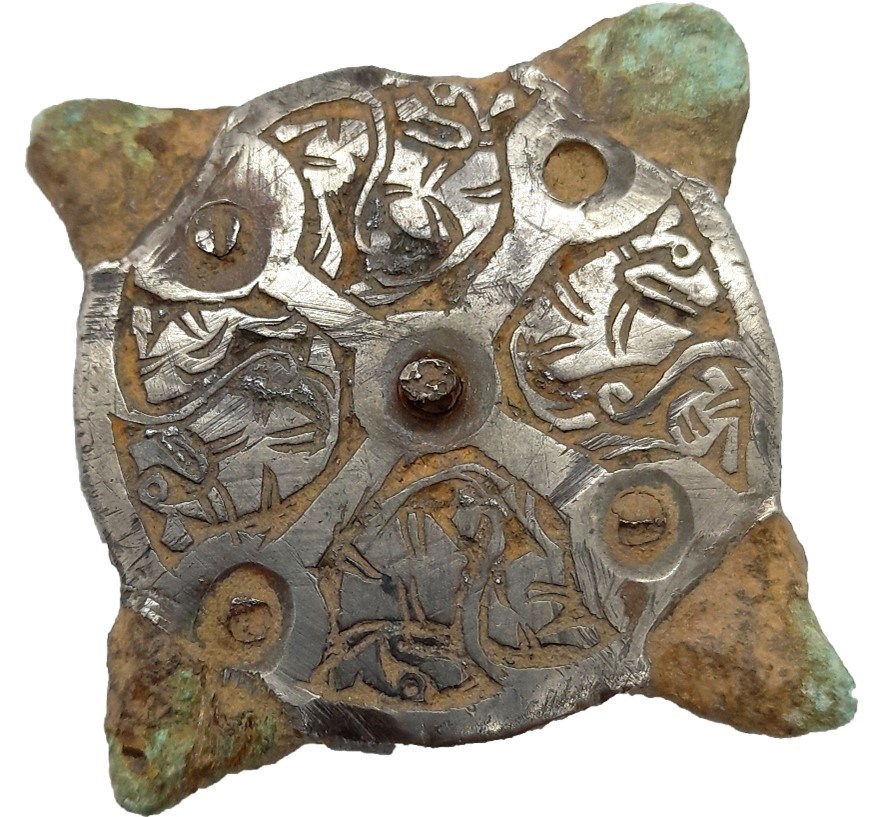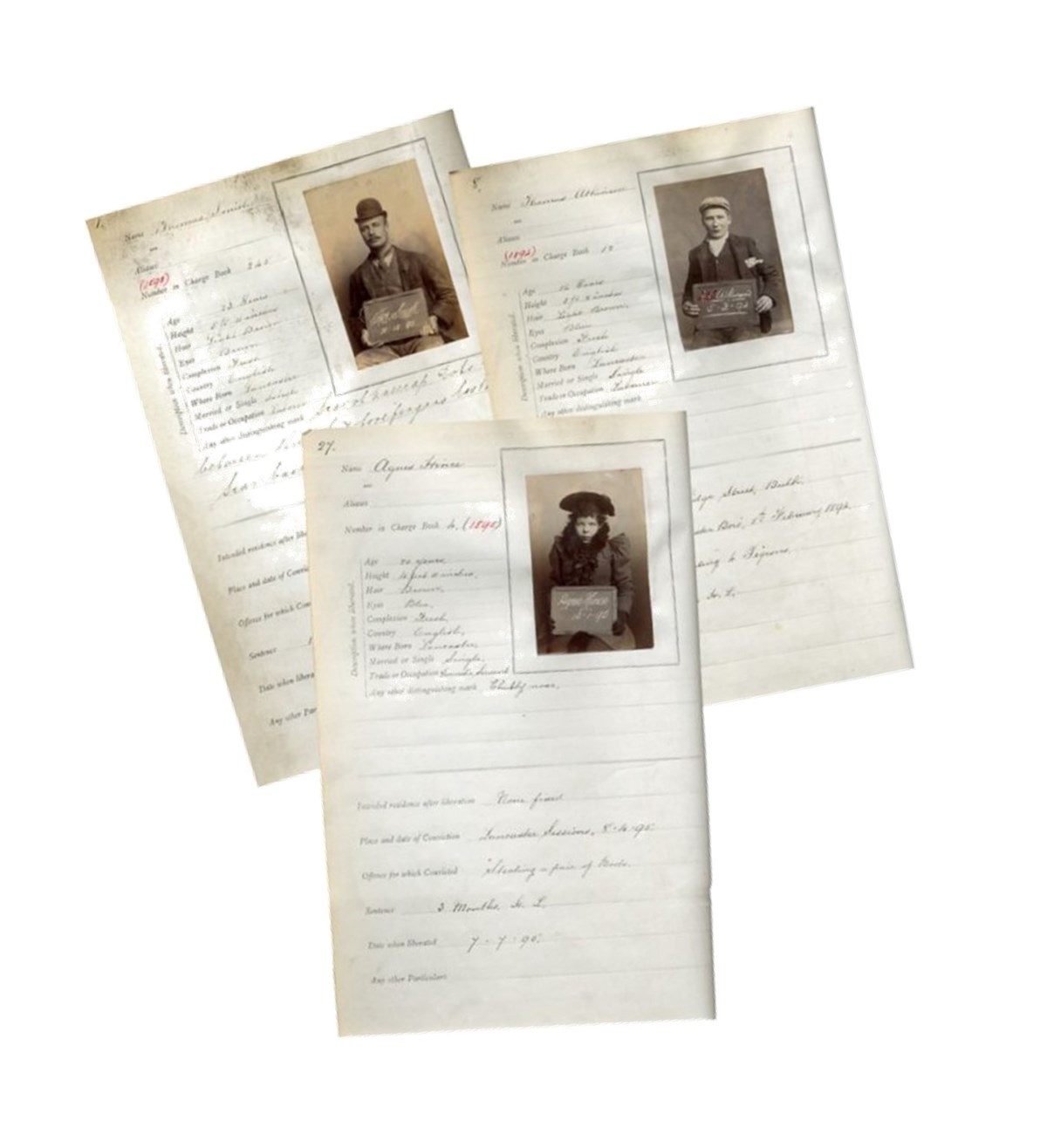Public asked to vote on their favourite historical objects as Museums marks 100 years
It started with a handful of private donations, but 100 years later Lancaster City Museums is an extensive collection of around 70,000 objects telling the rich history of the district from prehistory to the modern day.
To mark its centenary year, the museums team produced a collection of 100 Podcasts featuring local people, specialists and the museum team talking about their favourite objects from the collection, including the diary of the infamous Lancaster murderer Buck Ruxton.
But now, the public are being asked to vote on their favourite pieces, which have been shortlisted and currently on display in the 100 Years, 100 Objects: Your Favourite Object From The Collections Of Lancaster City Museums.
From the Pre-Roman era to second world war to today, the objects have been selected to represent the breadth of the collection held at the museums and tell the stories of our rich history.
The exhibition includes an unusual piece of jewellery, thought to be a fertility charm, which lay buried in Lancaster city centre for more than 1,500 years.
Clues about what life was like in one of the least-understood times in our local history, the 9th Century, are brought to the fore with a Century Mount which was discovered in Carnforth in 2012.

And, it also features a very rare example of a 17th Century seal matrix, used to seal documents, which features the head of an enslaved person, was found in October 2022 by a local metal detectorist.
The exhibition, which opened last week, also includes a Victorian Police Criminal Ledger Book, which lists and displays pictures of local people who broke the law between 1893 and 1899, representing individuals not often characterised in our collection, such as the working class and women.
Residents can vote on their favourite object here
Objects and paintings were given to the City of Lancaster by the Storey Institute and a handful of private donors, which led to the opening of Lancaster City Museum on 5 November 1923.
Councillor Catherine Potter, cabinet member with responsibility for the visitor economy, community wealth building and culture, said: “The objects ultimately belong to the people in our district, and so this exhibition is a great opportunity not only to see a new exhibition, but to let us know which parts of our local history they really like and the local stories they love.
“This special celebration of 100 years will shine a spotlight on the rich - and sometimes dark - history of our district and has already brought together community groups, university students and experts, who have brought objects and stories alive through the popular 100 podcasts.
“We hope that this exhibition and all of the special events to mark the Centenary in November will increase a sense of ownership of our collections in the local community.”

The exhibition opened on October 1 and can be viewed across both Lancaster City Museum and the Maritime Museum.
The Cottage Museum and the Maritime Museum were opened in the 1980s.
The 100 Years Exhibition also includes:
-An intricate, hand-made scientific object called a Kludonometer, designed and made by Captain William Nelson Greenwood of Glasson Dock in 1894 which helped to predict tides more accurately.
-Thomas Edmondson’s automated railway ticket printing machine, which revolutionised the way tickets were issued by printing and date stamping them. It was so successful that it continued to be used for 150 years. Edmondson was born in Lancaster in 1792.
-A solid silver model is of the iconic Morecambe Super Swimming Stadium, a public lido that was located on the seafront next to the Midland Hotel between the 1930s and 1970s.
The podcasts have been released weekly since January 3, and the series includes:
- Margaret Bird Indenture, a document from 1848, which bound 12-year-old Margaret Bird to a seven-year apprenticeship in a mill in Caton owned by the Gregg family. Along with local researcher Naomi Parsons, we explore what these indentures meant for children like Margaret and what their lives might have been like.
- The Gold Cap Badge, a beautiful piece from the 1500s, is explored with an Archaeologist to unearth how the badge actually depicts a biblical story and was one of a range of religious souvenirs available to the fashionable gentleman in Lancashire in the 16th Century.
- The autobiography of James Herns, a black entertainer in Morecambe, who recounts his fascinating life from his birth in Virginia just two years after slavery had been, through his career as a sailor, his time in the Argentinian navy, and as a prisoner on Gibraltar - all before he settled in Morecambe.
- The story behind the Iguanodon Model and its connection with eminent anatomist and palaeontologist Richard Owen, who came from Lancaster, who invented the word dinosaur.
The podcasts can be found here: 100 Years, 100 Objects: Stories from the Collections of Lancaster City Museums | a podcast by Lancaster City Museums (podbean.com)
You can also find it on amazon music: 100 Years, 100 Objects: Stories from the Collections of Lanc (amazon.co.uk)
Last updated: 13 October 2023
